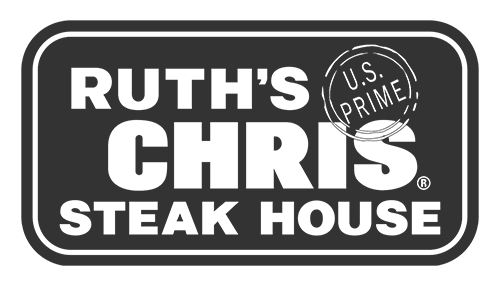
As a restaurant, about a third of your budget goes to the ingredients used to make your food according to Market Scale. That is not a small thing, and it’s why you should pay special attention to how you handle your walk-in. They say that an ounce of preparation is worth a pound of success. And when it comes to that much of your business’s budget, you don’t want to be wasteful.
#1: Label Your Shelves
Too often we just assume we know where things go or assume that our organizational system is simple enough to follow at a glance. Don’t make that assumption. Instead, take some time to put labels on your shelves, and ensure that your team knows where to find the ingredients they need. As we all know, restaurants typically have high staff turnover, so as new team members come in, it’ll be easier for them to find their way around the pantry and walk-in if labels are available. Beyond labelling just your shelves, it’s important to also label items best by and sell by dates. To that end, recommends, “Increase the shelf life of bulk products – such as flour, sugar, rice and grains – by transferring them from their original packaging into air-tight, BPA-free plastic containers”
#2: Establish a “First-In, First-Out” Policy in Your Walk-In
You want to make sure that your ingredients are fresh, but at the same time, you don’t want anything to go to waste. Food inventory is money on the shelf. Wasted or stolen inventory is money down the drain. Protect your investments with better inventory management practices. That’s why it’s a good idea to follow AK Crust‘s advice and to establish a first-in, first-out policy in your walk-in, FIFO. That means newer ingredients go in the back of the shelf, pushing the ingredients you already had on-hand to the front, ensuring they get used first, and that nothing has the time to go bad.
#3: Maintain Good Spacing in Your Walk-In
You need to make sure your product isn’t bunched together or crammed in. You need to have the proper space all around so that the walk-in can do its job, and cool evenly. So, make sure there’s roughly two inches around items, and make sure nothing is touching the floor or the walls to prevent overcooling or freezer burn. To prevent contamination from liquids, dust, insects and rodents, store food at least 6 inches above floor. Ensure store room is well ventilated with a humidity level around 50-60% and allow for a 2-foot ceiling and 18-inch outside wall clearance to protect foods from higher temperatures (Trimark).
#4: Avoid Cross-Contamination
When storing your ingredients in your walk-in, you want to make sure that everything is kept separate. One reason to do so is because your items will be easier to organize and find, but another reason is to avoid health risks. Consider using bins, or other protective separators to make sure that food doesn’t get friendly and try to organize all your ingredients by type when you’re streamlining for efficiency.
#5: Keep Your Meat Low
Raw meat is often your bread and butter, to use a mixed metaphor, but it can be messy. One way to solve the potential problems it represents (especially if there are juices you must contend with) is to put your meats on the bottom shelf, or in a lower bin so that it minimizes potential accidents. And if something does happen where the meat starts to drip, you can wipe it off the floor rather than throwing away contaminated food that happened to be beneath it.
#6: Take Regular Inventory in Your Walk-In
It’s easy to lose track of what’s going on in a busy kitchen, but if your grip slips on your inventory then soon you won’t have what you need to serve your whole menu. As such, it’s important to have a policy in place where you always know what you have in stock and that’s easily accomplished by taking regular inventory. Not only does that ensure you have all items on hand to properly execute against your menu, but it could save you money as well. Take, for example, a restaurant that notices a spike in the rate in which they are using a significant volume of cases of whole chickens in a particular season. If that operator were to wait until the end of the month to notice this trend, it would likely be too late to make a distributor contract worthwhile. If the purchasing manager, chef or GM picks up on this trend early in the cycle, they can jump on the opportunity to pre-buy one hundred cases from their distributor at a locked-in, contracted rate and increase margins on their popular menu items.










